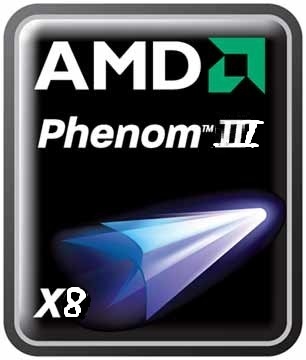nehalem256
Lifer
- Apr 13, 2012
- 15,669
- 8
- 0
I believe you should read it again, because you completely missed it. I even said AMD still had the advantage.
I never said Intels solution was faster. But it is much better integrated.
Intels iGPU got direct access to the L3 cache and able to directly communicate. While AMDs solution sits on a bus (One would guess PCIe or HT in nature.)

Also its nonsense to say Intels iGPU doesnt support compute. Because they do.
Why do the technical details of how the GPU is integrated matter if it does not produce any results?
Its like when AMD introduced the first native quad-core CPU. Unfortunately it was inferior to Intel's non-native quad-core.



